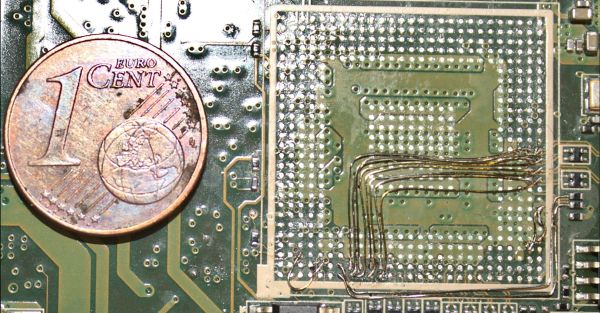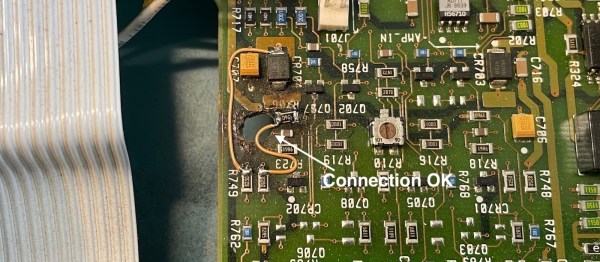Over the last few years we have brought you many stories about John Deere tractors, and how their repair has been locked down such that only manufacturer-authorised technicians can work on them. They’ve become a poster child in the battle for the right to repair, a symbol of the worst practices. Finally now we can bring you some good news of sorts, as the agricultural giant has signed a memorandum of understanding with the American Farm Bureau Federation to ensure that their products will henceforth be repairable by people without Deere approval.
We can’t imagine that Deere will have taken this step willingly, and while we’d like to imagine that consumer protests in favour of right-to-repair have hit their mark, we’re guessing that it’s more of an economic pressure at work alongside the threat of legislation outside their native America. If farmers getting caught out waiting for a Deere van to arrive while their crop withers in the field wasn’t enough, when the price of a second-hand tractor without the DRM outstrips that of a newer one with it, eventually the sales of new tractors will also suffer.
So this is good news, and we’re guessing that other agricultural manufacturers doing the same DMCA practices will now follow suit. But it’s not a complete victory. The problem starts not with the DMCA restriction itself, but with the extension of the machine’s computer system into every part, including those many parts which simply don’t need it. It’s not a complete victory if anyone can now use the software to register a new hydraulic valve with the system; instead that hydraulic valve should not have to be authorised in the first place. It’s this creeping unnecessary complexity which is the true enemy of right-to-repair, and we shouldn’t forget that.
Header image: Dwight Sipler, CC BY 2.0.
















